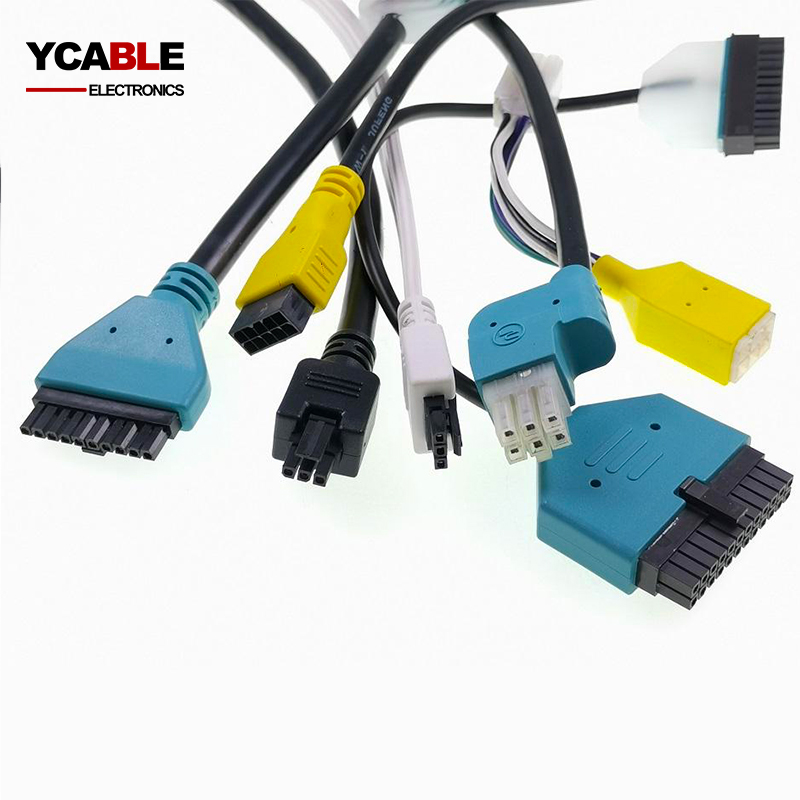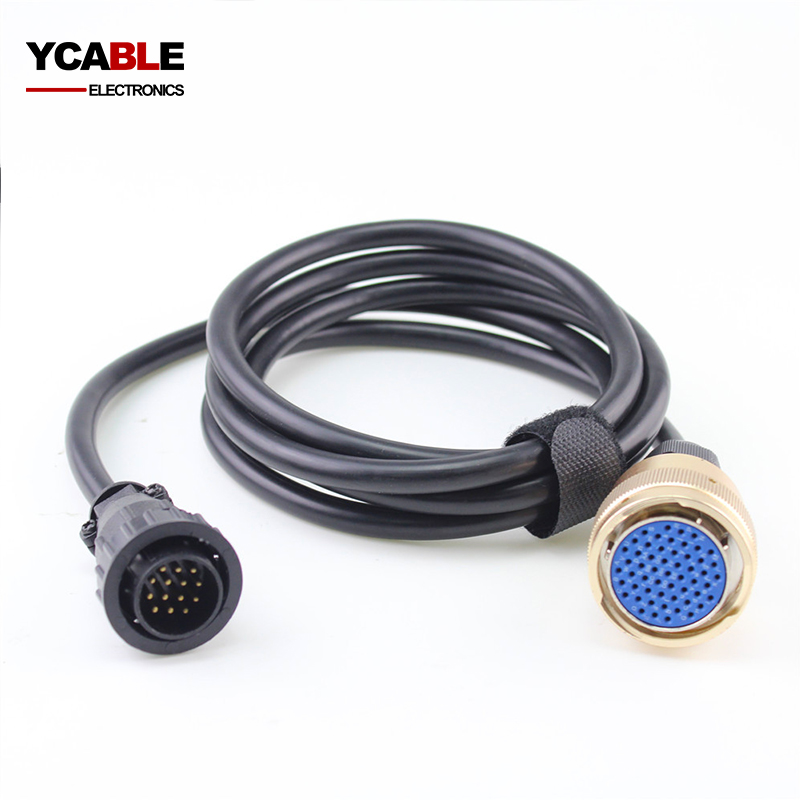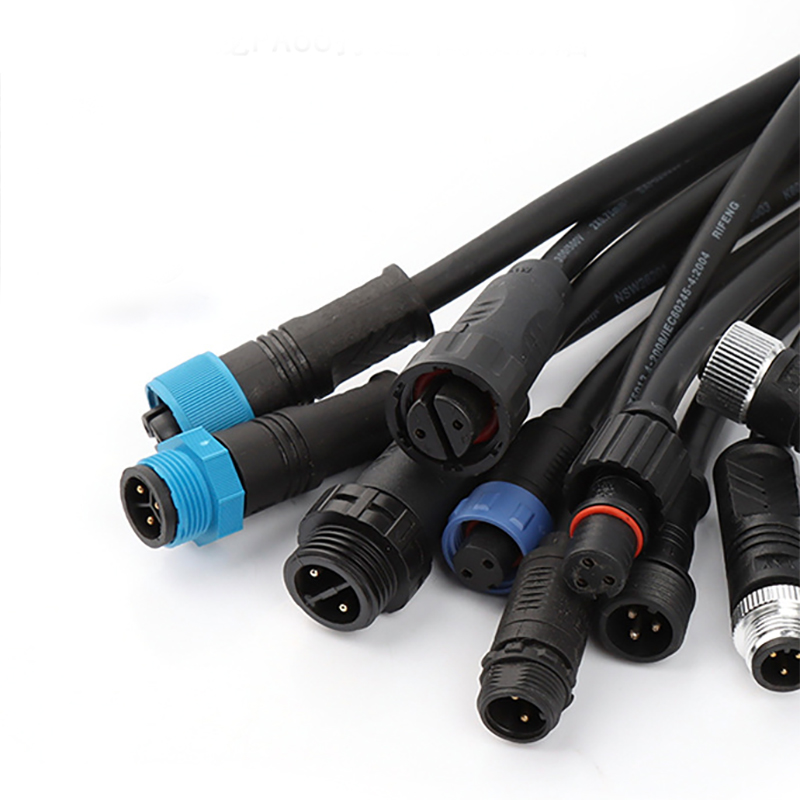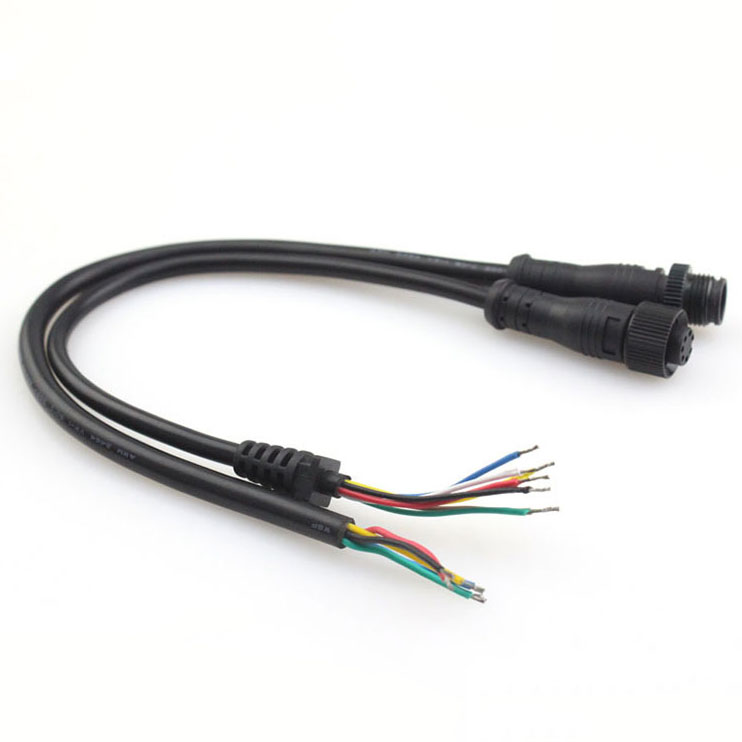Overmolded OBD Extension Cable Assembly
Overmolded OBD Extension Cable Assembly
Item Number:Overmolded OBD Extension Cable Assembly
- Model: OBD Extension Cable
- Size: Custom
- Color: White/Blue/Black/Gray/Custom
- Insulation: PVC/PE/Custom
- Shield: Unshielded/Custom
- Jacket: PVC/FR-PVC/LSOH/Custom
- Packing: Custom
- OD: 5.2mm/Custom
- Conductor Material: CCA, Copper Clad Aluminum, Copper
- Drain wire: None/Custom
Environmental Specifications:
Environmental Space – Non-plenum
Flame Test Method – CMR
Installation Temperature – 0 °C to +60 °C (+32 °F to +140 °F)
Operating Temperature – -20 °C to +60 °C (-4 °F to +140 °F)
General Specifications:
Cable Type
OBD I / II Extension Cable
Pairs, quantity
Custom
Cable Component Type
Horizontal/Custom
Conductor Gauge, singles
24AWG/Custom
Conductor Type, singles
Solid/Stranded/Custom
Characteristics:
- Overmolded OBD cable
Overmolded OBD cable assembly
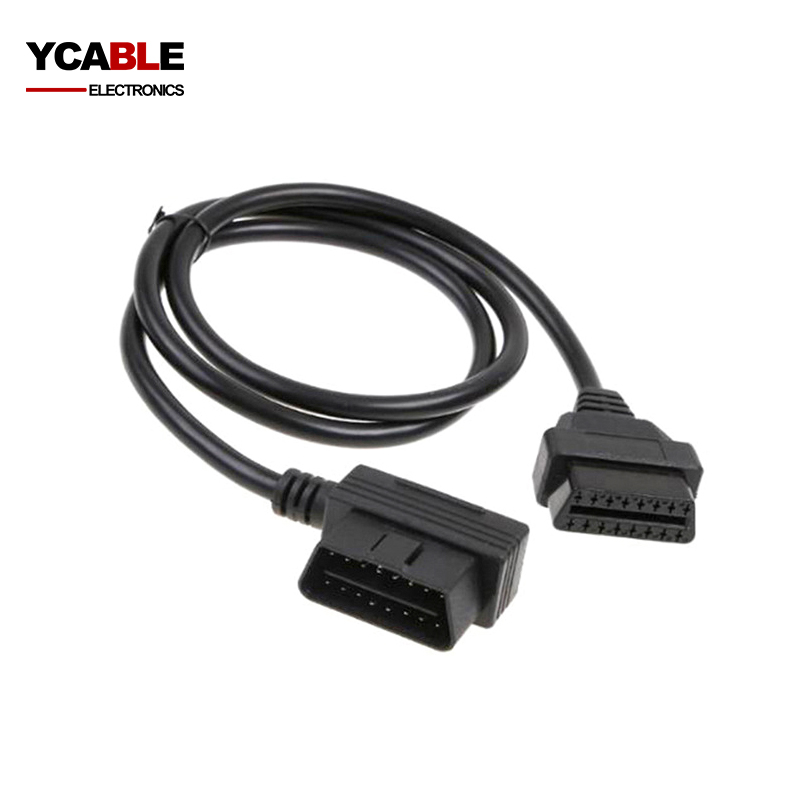
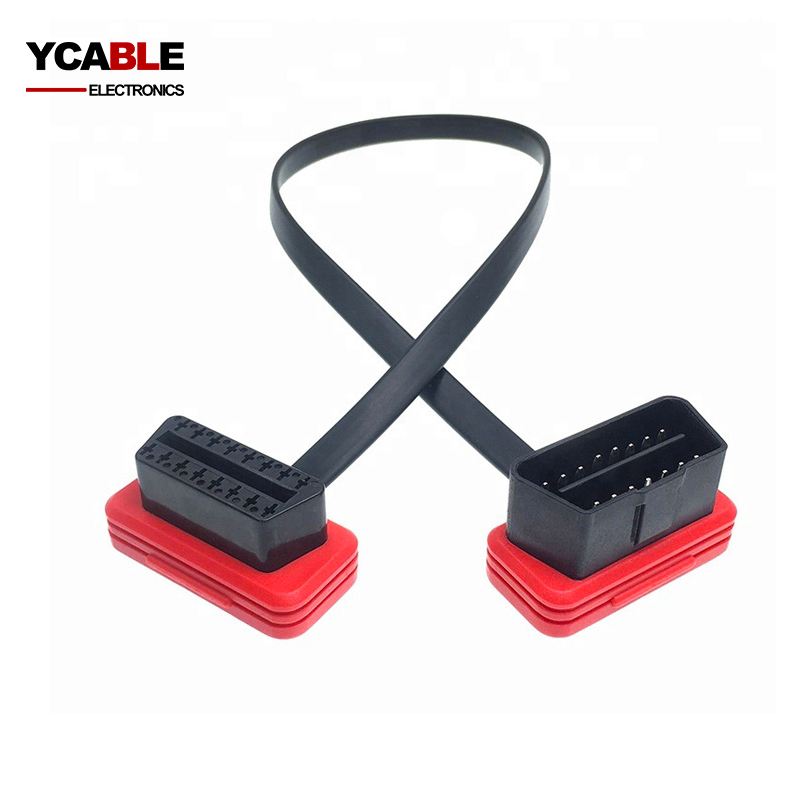
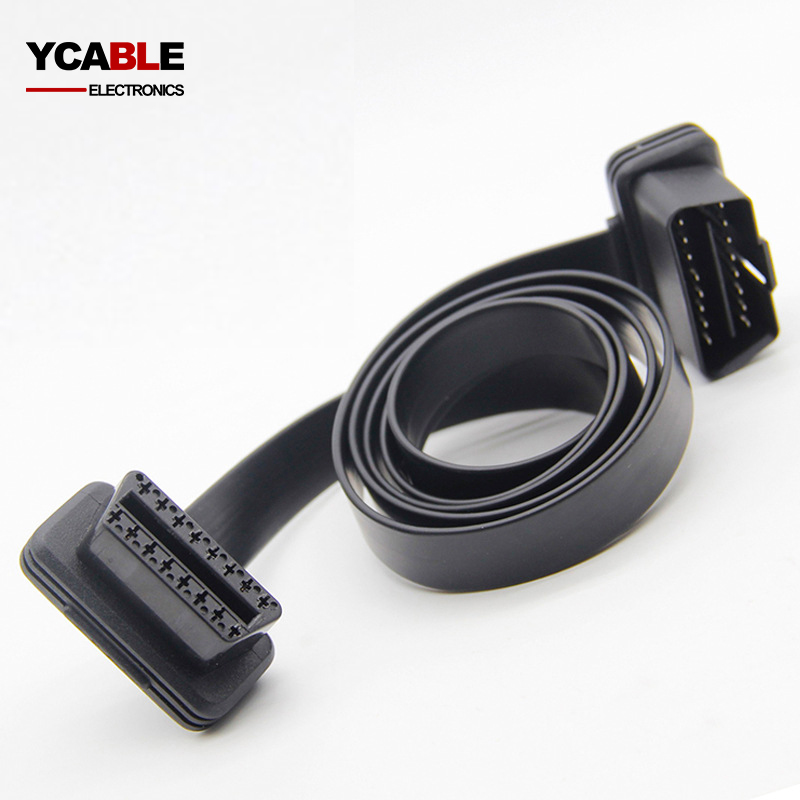



Categories
OBD Extension Cable
| Electrical Specifications | |
| NAME | OBD Extension Cable |
| dc Resistance Unbalance, maximum | / |
| dc Resistance, maximum | 9.38 ohms/100 m |
| Mutual Capacitance | 5.6 nF/100 m @ 1 kHz |
| Nominal Velocity of Propagation (NVP) | 69 % |
| Operating Frequency, maximum | 200 MHz |
| Operating Voltage, maximum | 80 V |
| Transmission Standards | ANSI/TIA-568-C.2 CENELEC EN 50288-3-1 ISO/IEC 11801 Class D |
| Dielectric Strength, minimum | / |
Description
What is an OBD cable?
An OBD power cable is essentially a device linked to on-board diagnostics or OBD for short. OBD signifies the universal computer system embedded in all modern vehicles (those produced in 1996 and onwards). This onboard computer is vital for overseeing various electrical sensors scattered throughout the vehicle.
For dash cameras, utilizing an OBD cable offers a more streamlined and hassle-free approach to facilitate parking-mode recording, as opposed to the more traditional method of hardwiring to the car's fuse box.
The advantage here is clear: instead of navigating the complexities of connecting a hardwire kit to a vehicle’s fuse box—a task complicated by the fuse box's varying locations across different vehicle models—the OBD cable simply plugs into the OBD port. This port is consistently located on the driver’s side, typically near the steering wheel column, making it a universally accessible point.
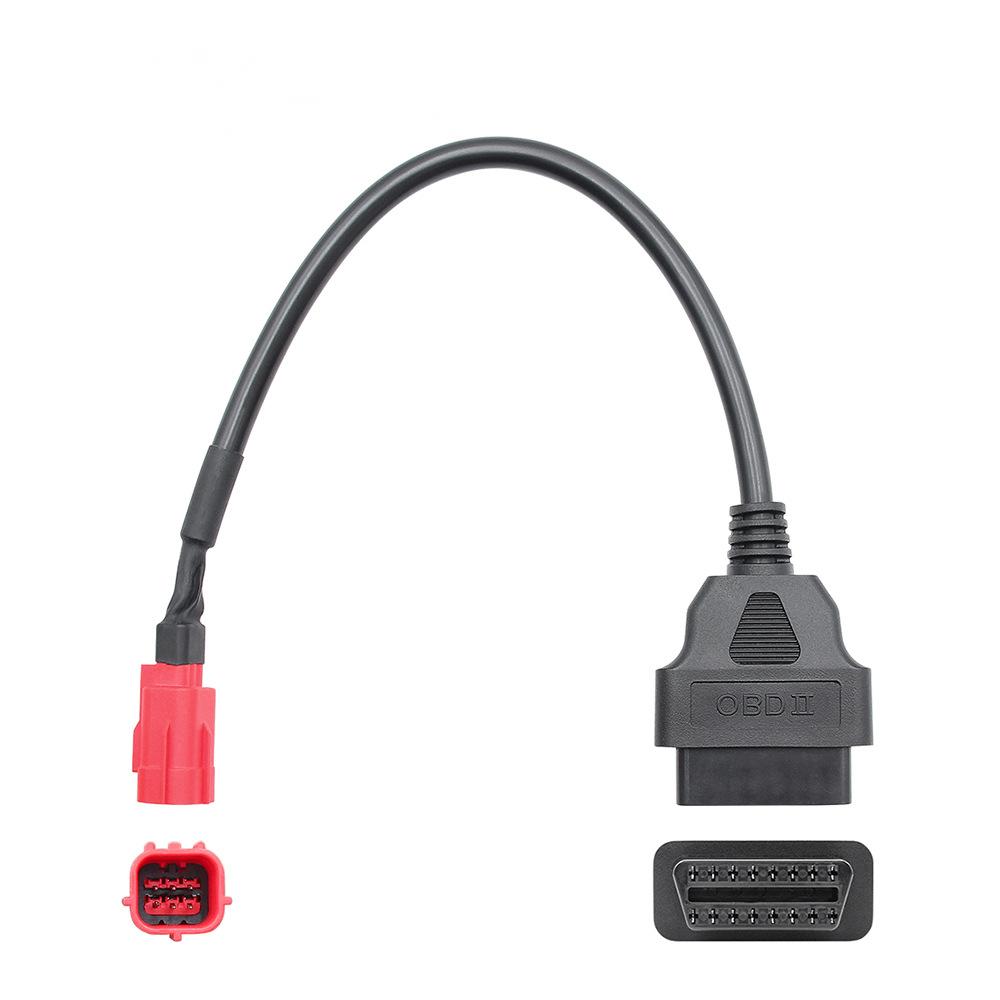
Uses and Applications:
- GPS Navigation Cabling
- Automated Lighting Systems
- Vehicle Self-Diagnostics
- Automated Window Adjustment
- Engine Control Unit (ECU) Comprehensive Management
- Engine Power Management
- Vehicle Health Information Transmission
- Sensor Performance Regulation
- Vehicle Oil Condition Monitoring
Bespoke Custom OBD Cable Solutions:
- Over Molded Design (Highly sought-after for its durability)
- Easy-to-Install Assembly Options
- Stress-Relieving Cable Splitters
- Durable Metal Stamped Solutions
- Various Customization Options Available
Our Range Includes:
- OBD Connectors from Male to Female, OBD to RS232 D-Sub cables featuring overmolded thumb grips for easy handling. GPS Navigation Tracking Cables tailored for OBD interfaces, OBD connections to Molex & JST, and networking solutions with RJ45 cables and jacks. We also specialize in various detection and diagnostic cables suited for a wide array of automotive brands including but not limited to Volkswagen, Audi, Mercedes Benz, Porsche, Subaru, Ford, Toyota, Honda, Citroen, and Fiat, catering to the needs of vintage and contemporary car enthusiasts alike.
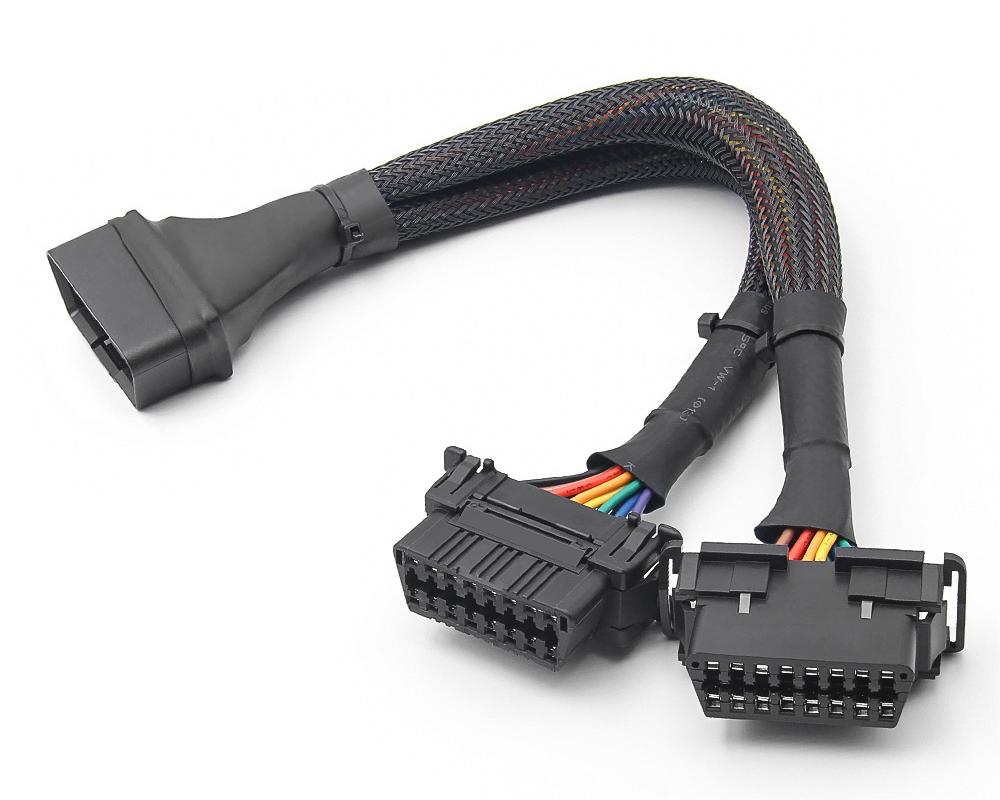
Advantages of utilizing OBD cable technology
Leveraging OBD technology brings forth numerous advantages, such as:
- Emission Minimization: By diligently overseeing and documenting the operational status of the vehicle’s engine and emission control mechanisms, OBD technology enables technicians to spot and rectify faults promptly, curbing the potential rise in emissions.
- Enhanced Fuel Efficiency: OBD technology plays a critical role in boosting fuel efficiency by pinpointing and fixing issues that lead to unnecessary fuel consumption.
- Lowered Repair Expenses: The proactive identification and correction of problems by OBD technology can significantly diminish maintenance costs by addressing issues before they evolve into more significant concerns.
- Performance Improvement: Additionally, OBD technology aids in enhancing vehicle operation by detecting and solving malfunctions that impair the vehicle’s performance.
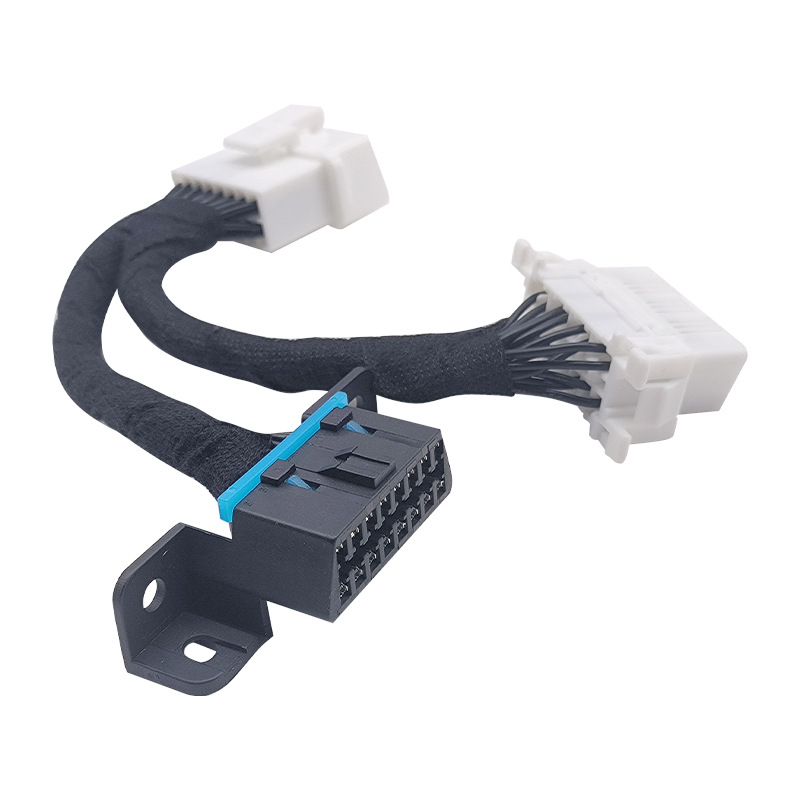
Guide to operating an OBD cable
An OBD scanner is a diagnostic device designed for fetching and analyzing data from a vehicle's On-Board Diagnostics system. You can purchase these scanners at a variety of auto parts shops and through digital shopping platforms.
Initiating the use of an OBD scanner involves connecting it to your vehicle's designated OBD port, often found beneath the dashboard, in the vicinity of the steering apparatus. After ensuring the scanner is properly connected, proceed to activate the vehicle's ignition system.
Upon activation, the scanner commences the process of extracting OBD information from the vehicle’s internal computer, subsequently displaying this data on its own screen. It's also capable of identifying and presenting trouble codes, which serve as indicators to specific vehicular malfunctions.
Encountering any of these trouble codes allows for a lookup either in the vehicle’s owner manual or via an online inquiry to ascertain their meanings. With a clear understanding of these codes, you’re then equipped to seek professional mechanical services to rectify the identified issues.
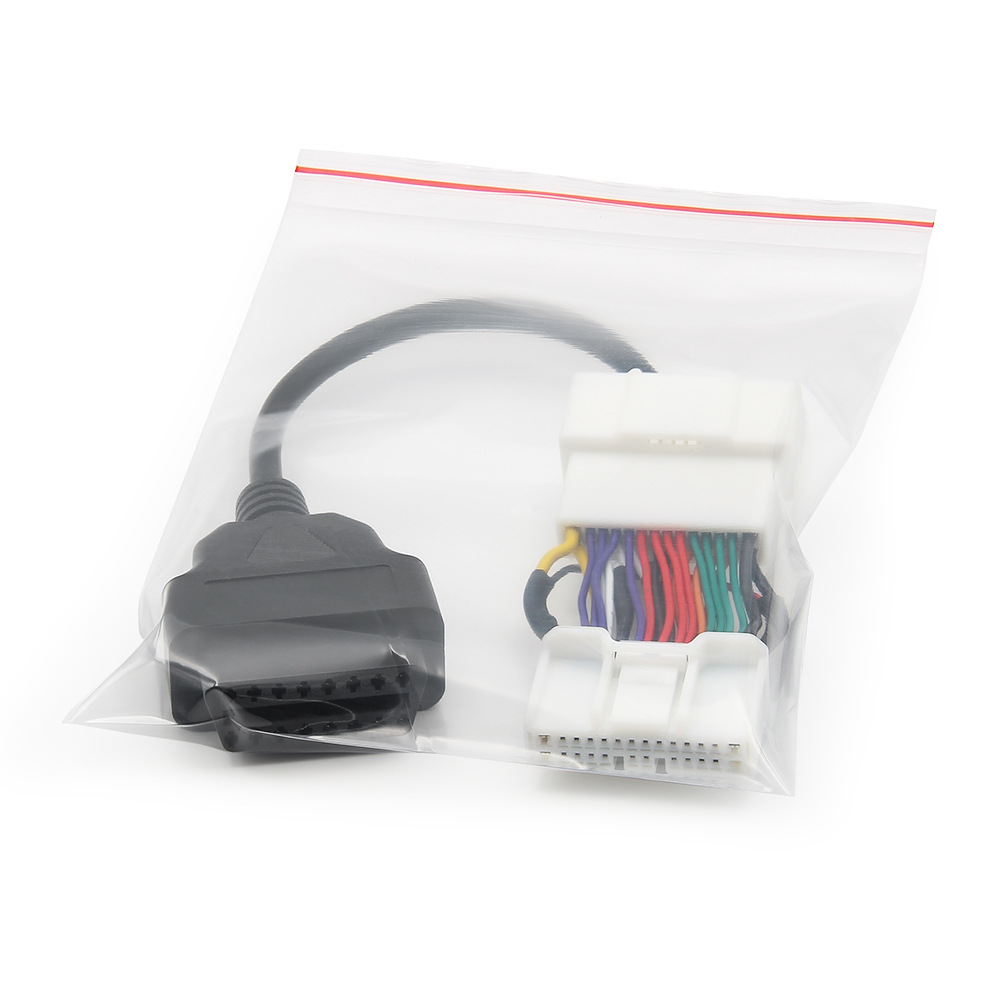
Related Products
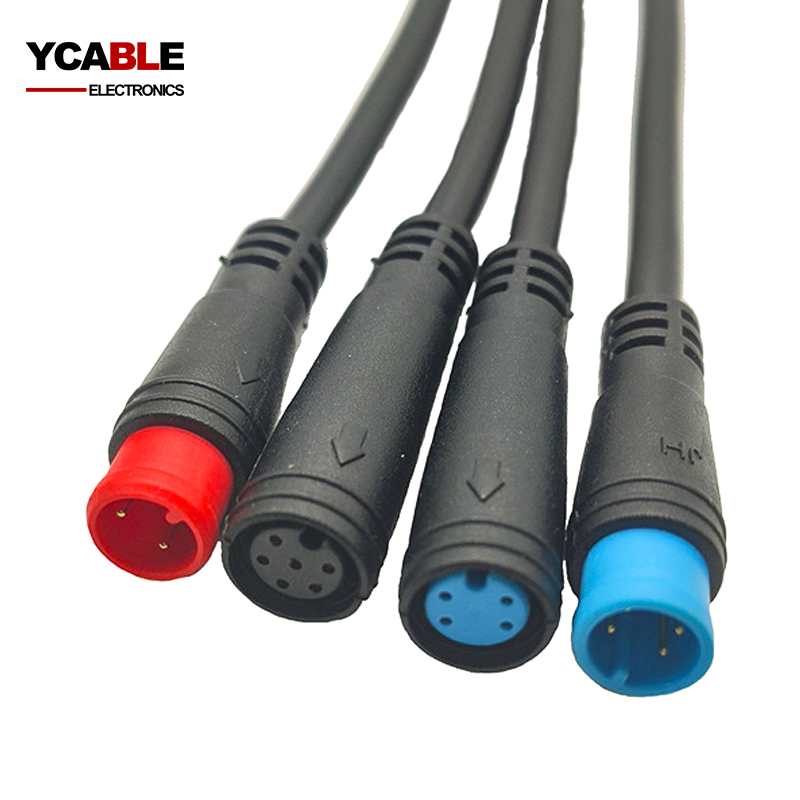
M6 Connector Waterproof Cable Assembly
At YCABLE ELECTRONICS, our dedication to excellence in the field of waterproof ...
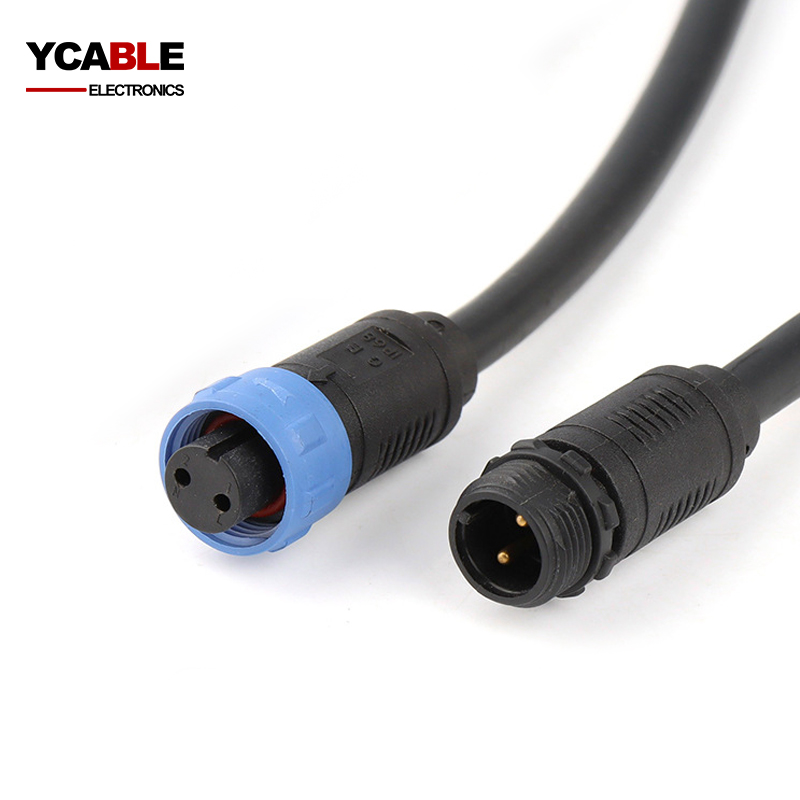
M12 Connector Waterproof Cable Assembly
In the sphere of M12 cables and connectors, we see a deliberate ...

